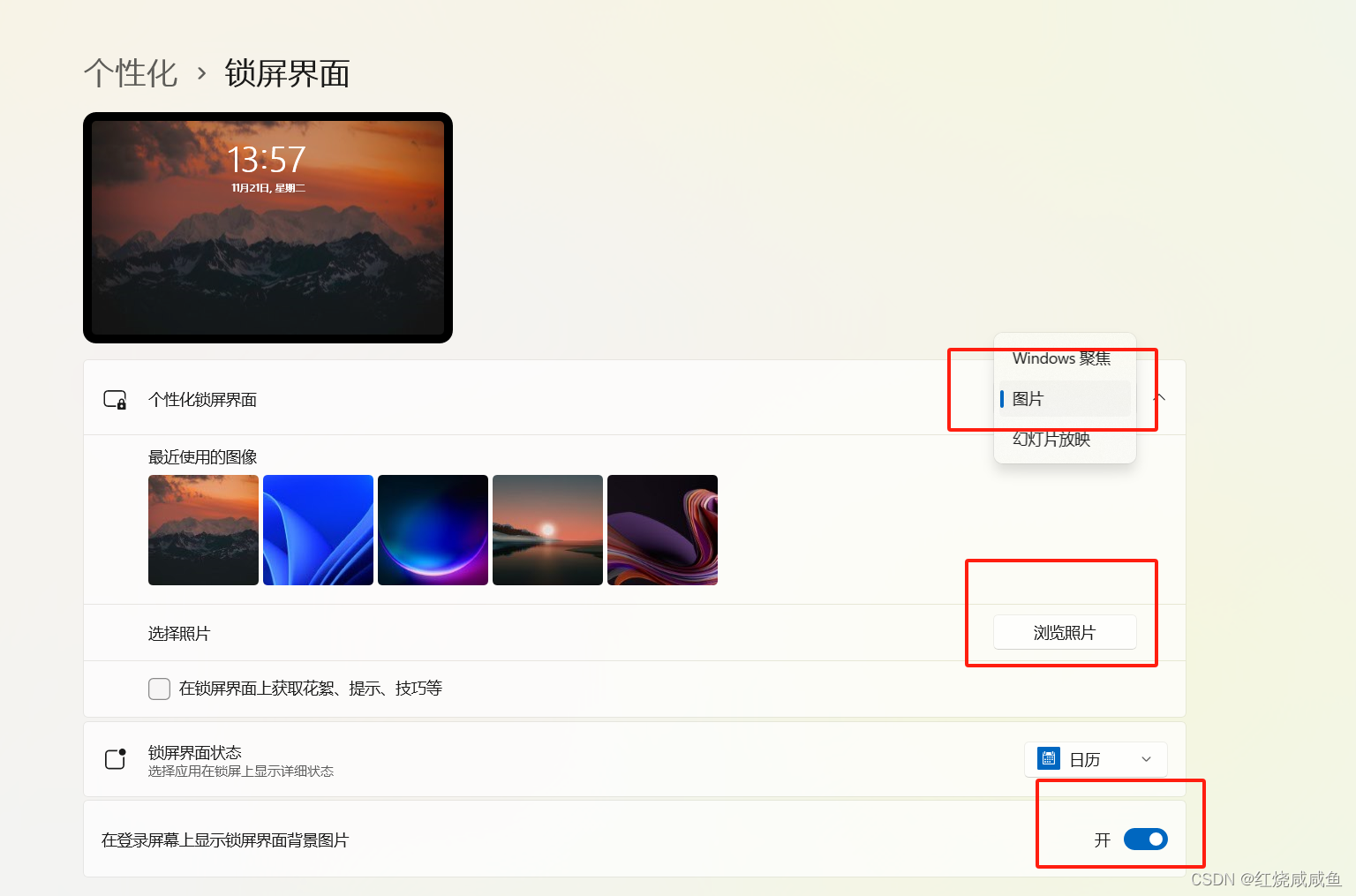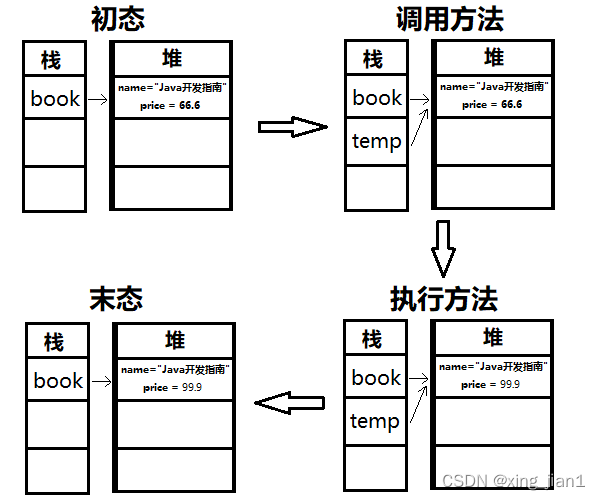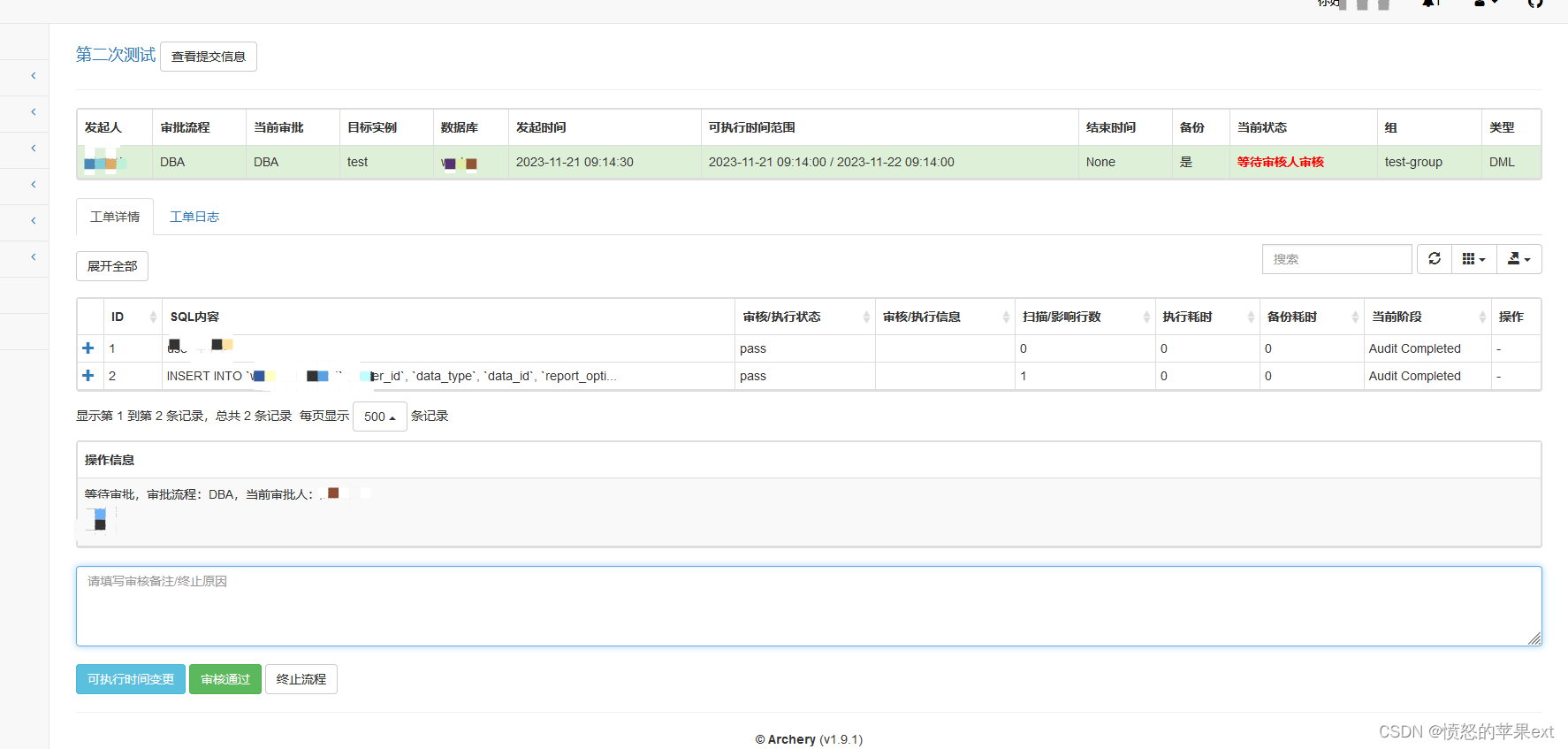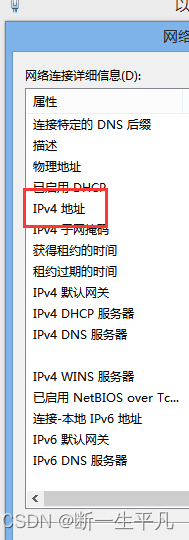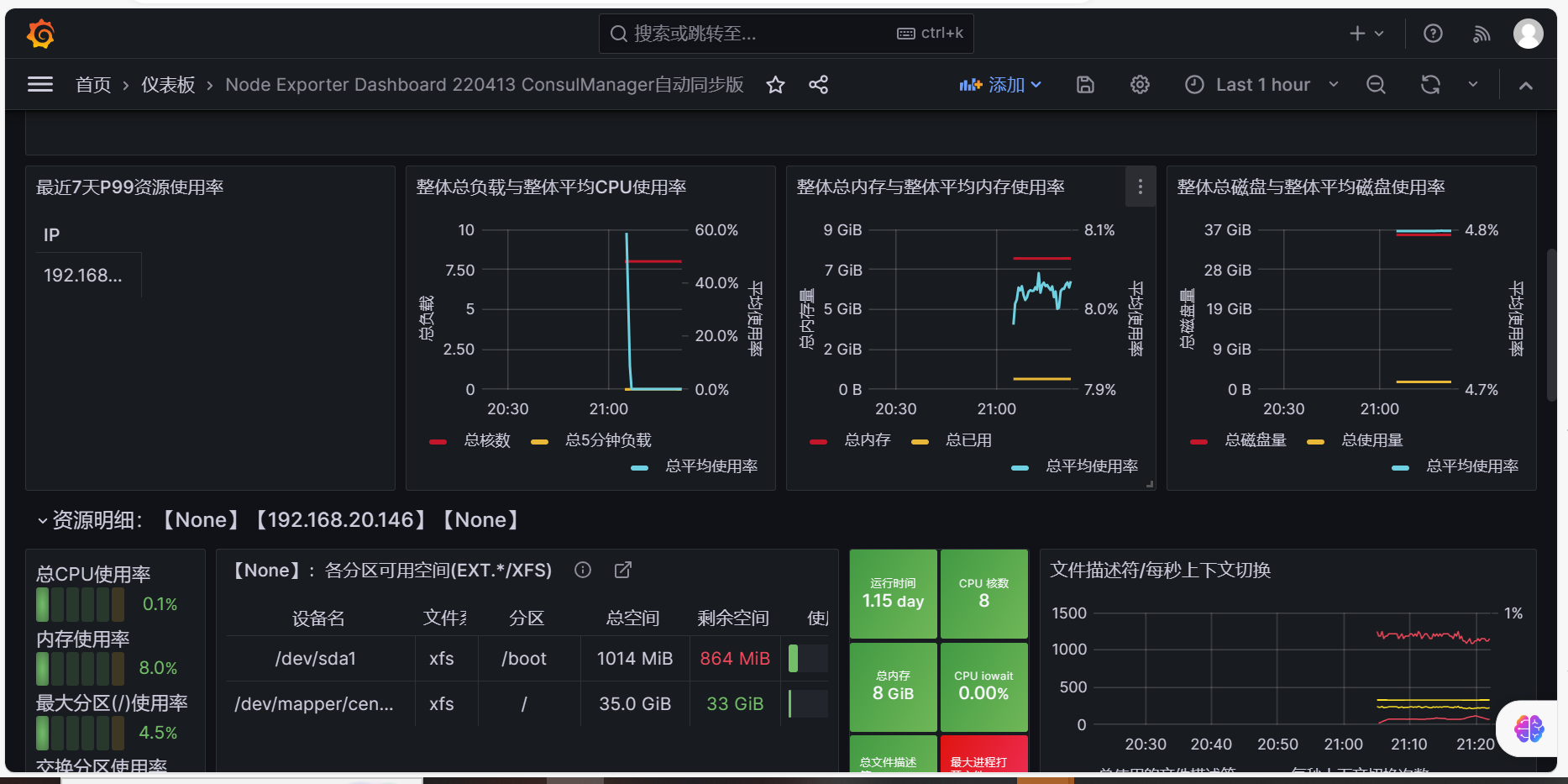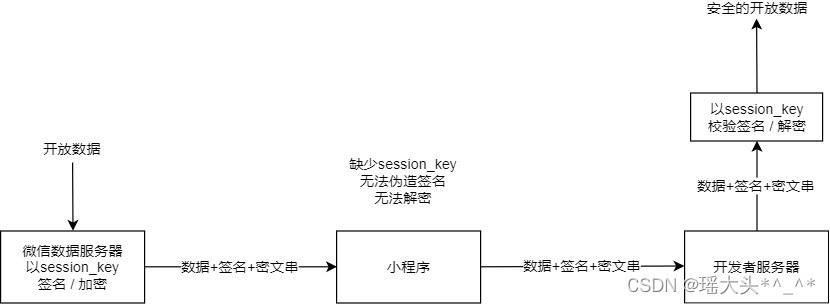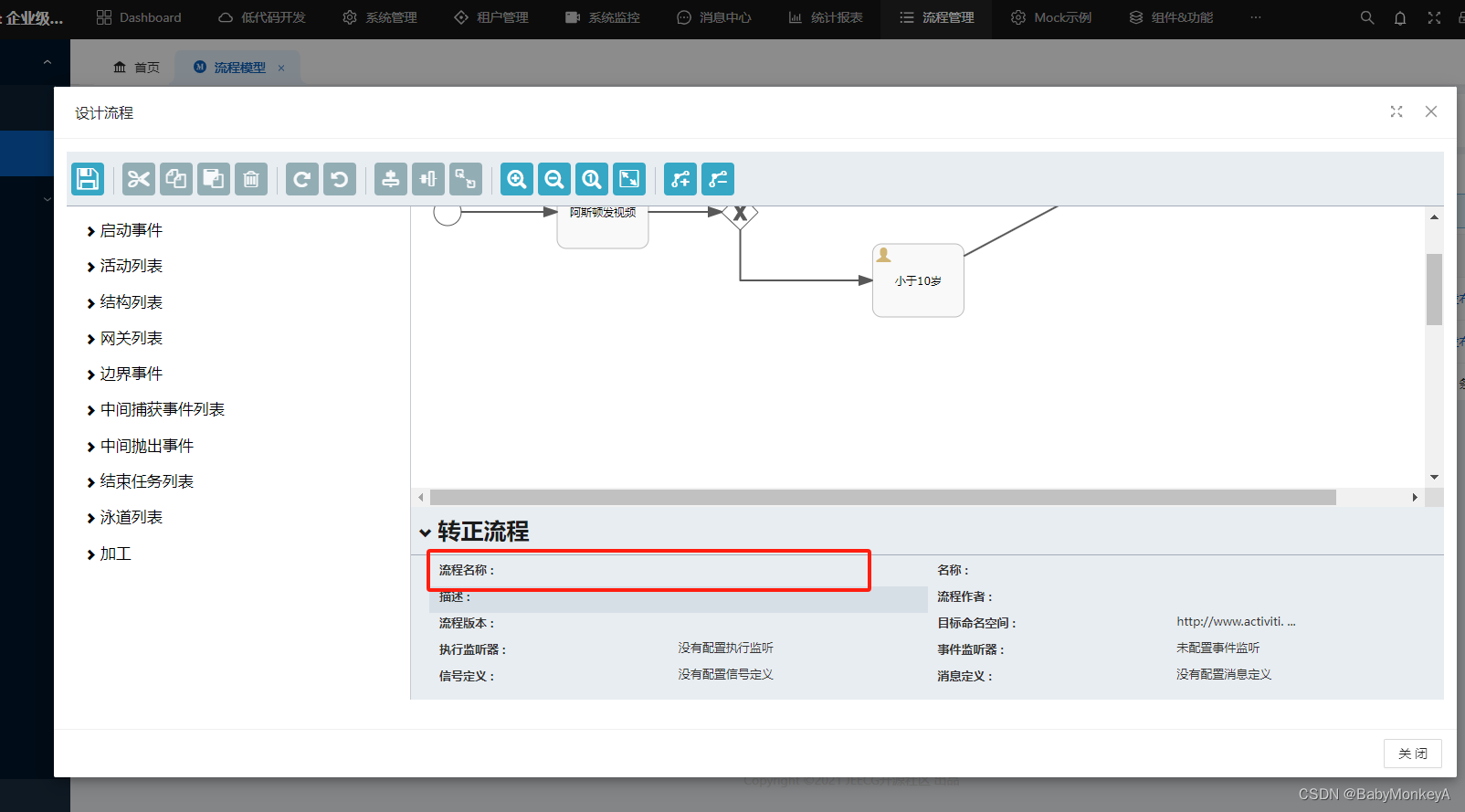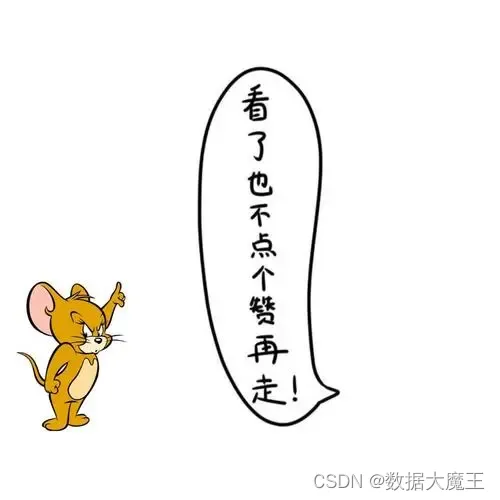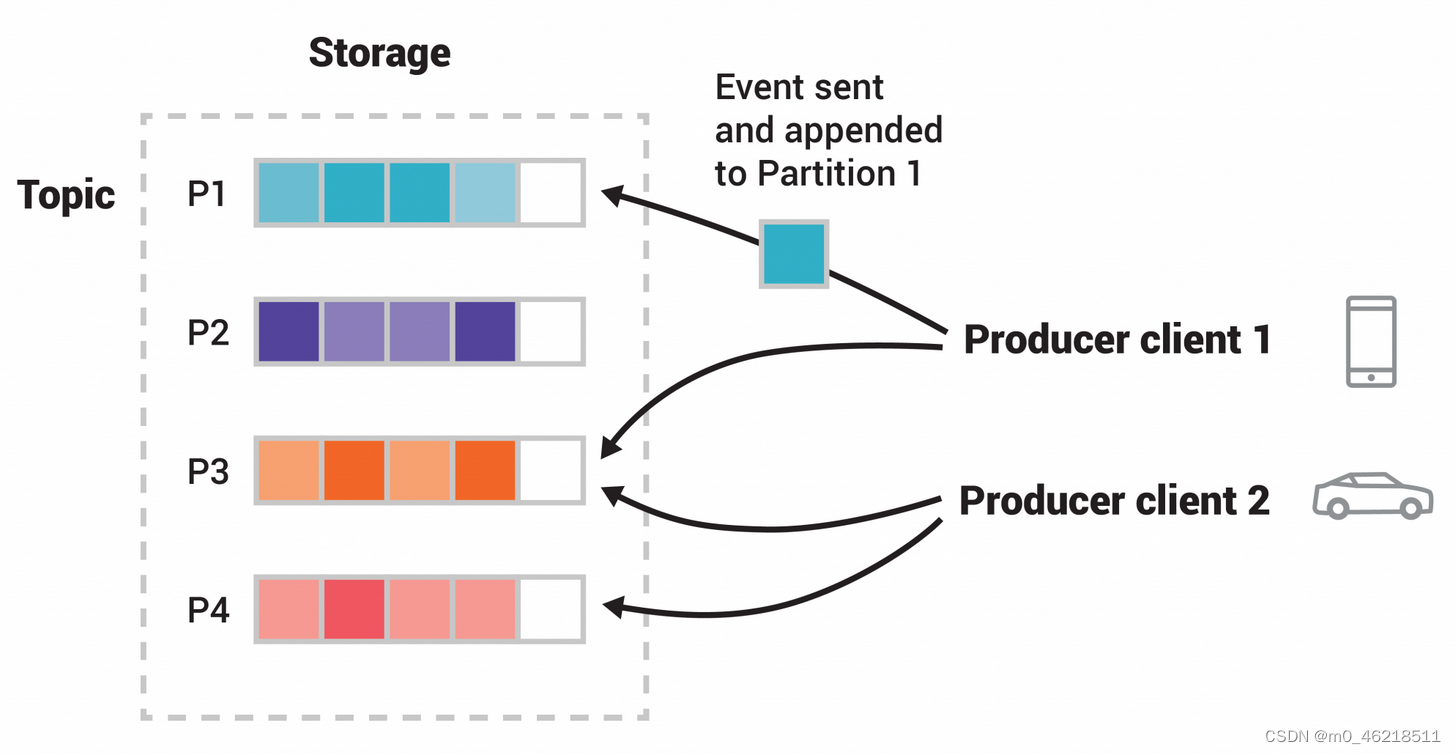💕"
春宵一刻值千金,花有清香月有阴。
"💕
作者:Mylvzi
文章主要内容:leetcode刷题之哈希表的应用(1)
1.栈的概念
栈是一种只允许在一端(栈顶)进行数据操作的数据结构,具有“后进先出”的特性,也叫做Last in First Out
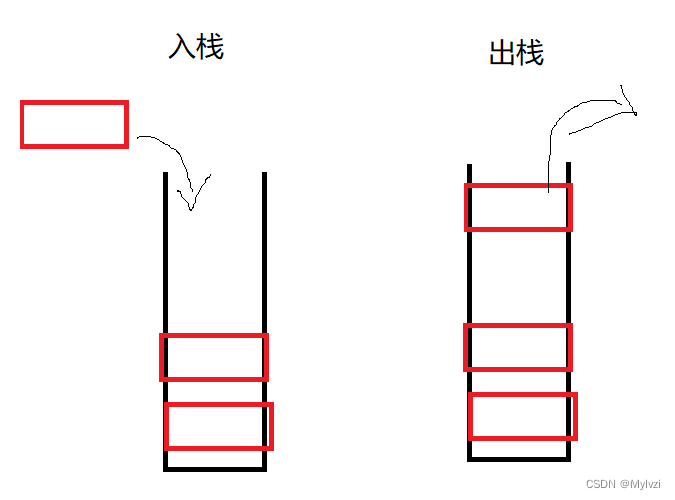
最常见的现实生活中的例子就是压子弹 只能一端压子弹

2.栈的模拟实现
我们想想什么可以实现栈的操作呢?我们知道,栈最大的特性就行只能在一端进行数据操作,使用数组可以更好的模拟栈
数组的末尾就是我的栈顶,操作栈顶就是操作数组的最后一个元素,而数组最后一个元素的添加,删除都很方便!!!
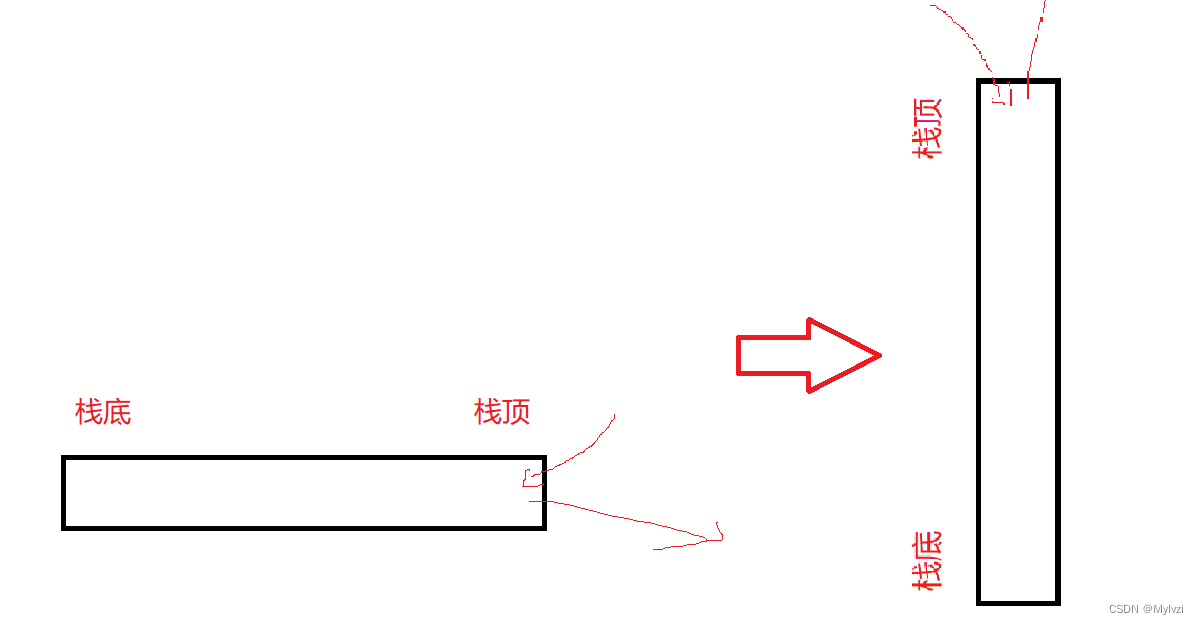
1.使用数组模拟
public class MyStack {
/**
* 栈的实现一:用数组实现栈
*/
private int[] elem;
private int usedSize;
private static final int DEFAULTCAPACITY = 10;
public MyStack() {
this.elem = new int[DEFAULTCAPACITY];
}
public MyStack(int size) {
this.elem = new int[size];
}
public void push(int val) {
if (isFull()) {
this.elem = Arrays.copyOf(this.elem,2*this.elem.length);
}
this.elem[usedSize] = val;
this.usedSize++;
}
private boolean isFull() {
return this.usedSize == this.elem.length;
/* if (this.elem.length == this.usedSize) {
return true;
}
return false;*/
}
public int pop() {
if (isEmpty()) {
throw new StackEmptyException("栈区之内不含有数据,无法删除");
}
// this.usedSize--;
// return this.elem[usedSize];
int oldVal = this.elem[usedSize-1];
this.usedSize--;
return oldVal;
}
public int peek() {
if (isEmpty()) {
throw new StackEmptyException("栈区之内不含有数据,无法删除");
}
return this.elem[usedSize-1];
}
public boolean isEmpty() {
return this.usedSize == 0;
/* if (this.usedSize == 0) {
return true;
}
return false;*/
}
}2.使用链表模拟
当然除了使用数组模拟栈,使用链表也可以实现栈的功能(Java中的LinkedList本质上是一个无头双向非循环链表)
class Mystack3 {
// 使用链表模拟栈
/**
* 栈只能在一端进行数据的操作
* 在这里我们只在链表的last进行数据的操作
*/
LinkedList<Integer> mystack = new LinkedList<>();
// push
public void push(int data) {
mystack.addLast(data);
}
// pop
public int pop() {
if(mystack.isEmpty()) {
return -1;// 抛异常也可以
}
return mystack.pollLast();
}
public int peek() {
return mystack.peekLast();
}
public static void main(String[] args) {
Mystack3 mystack3 = new Mystack3();
mystack3.push(1);
mystack3.push(2);
mystack3.push(3);
System.out.println(mystack3.pop());// 3
System.out.println(mystack3.peek());// 2
}
}3.Java中的栈Stack
Java中提供了现成的栈供我们使用
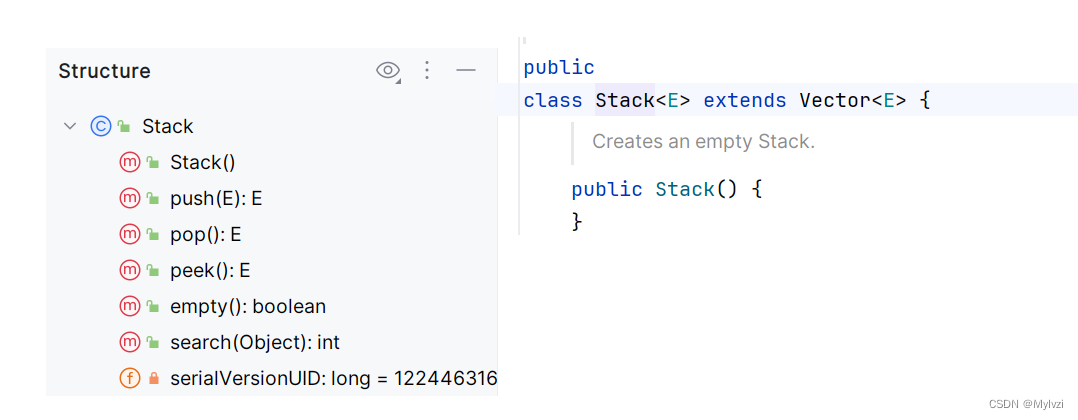

代码演示
// 栈的创建 栈在Java中就是一个类!!!
Stack<Integer> stack = new Stack<>();
stack.push(1);
stack.push(2);
stack.push(3);
stack.push(4);
// 使用构造器
Iterator<Integer> it= stack.iterator();
while (it.hasNext()) {
System.out.print(it.next()+" ");// 1 2 3 4
}
System.out.println();
System.out.println("============================");
// 重写了toString方法 直接传对象 即可打印内容
System.out.println(stack);// 1 2 3 4
// pop会删除栈顶元素
stack.pop();
System.out.println(stack);// 1 2 3
// peek 瞄一眼 不会把top删除
int x = stack.peek();
System.out.println(x);// 3
}4.栈的应用场景
1.括号匹配问题
20. 有效的括号 - 力扣(LeetCode)![]() https://leetcode.cn/problems/valid-parentheses/
https://leetcode.cn/problems/valid-parentheses/

分析:
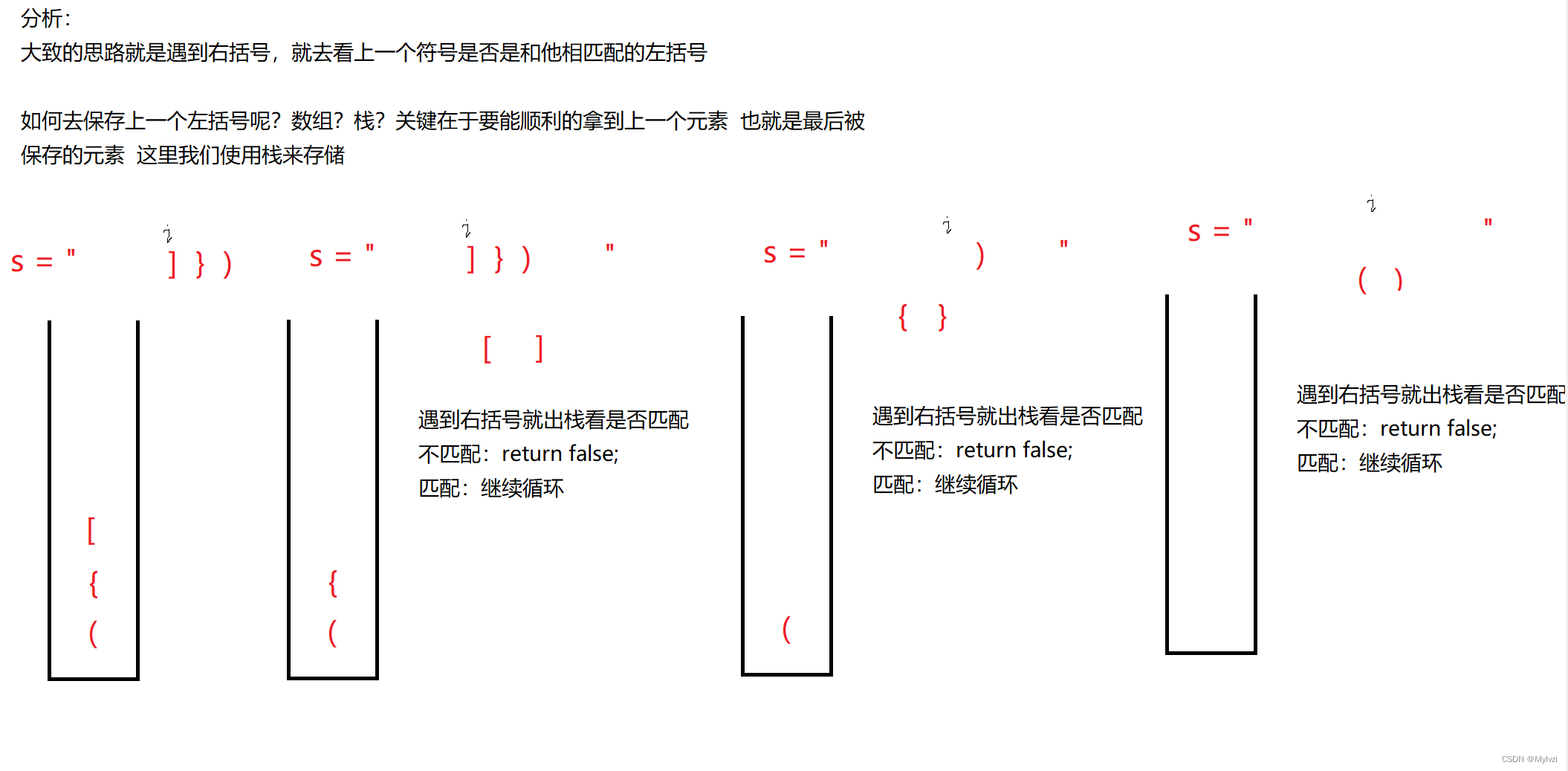
代码实现:
class Solution {
public static boolean isValid(String s) {
if(s.length() % 2 != 0) return false;
Stack<Character> stack = new Stack<>();
for (int i = 0; i < s.length(); i++) {
// 获取当前字符
char ch = s.charAt(i);
// 左括号
if(ch == '(' || ch == '{' || ch == '[') {
stack.push(ch);
}else {// 右括号
if(stack.isEmpty()) {
return false;
}else {
// 要进行括号匹配
char top = stack.peek();
if(ch == '}' && top == '{' || ch == ')' && top == '(' ||ch == ']' && top == '[') {
stack.pop();
}else {
return false;
}
}
}
}
return stack.isEmpty();
}
}也可以使用顺序表实现
class Solution {
public static boolean isValid(String s) {
if(s.length() % 2 != 0) return false;
List<Character> list = new ArrayList<>();
for (int i = 0; i < s.length(); i++) {
// 获取当前字符
char ch = s.charAt(i);
// 左括号
if(ch == '(' || ch == '{' || ch == '[') {
list.add(ch);
}else {// 右括号
if(list.isEmpty()) {
return false;
}else {
// 要进行括号匹配
char top = list.get(list.size()-1);
if(ch == '}' && top == '{' || ch == ')' && top == '(' ||ch == ']' && top == '[') {
list.remove(list.size()-1);
}else {
return false;
}
}
}
}
return list.isEmpty();
}
}2.后缀表达式
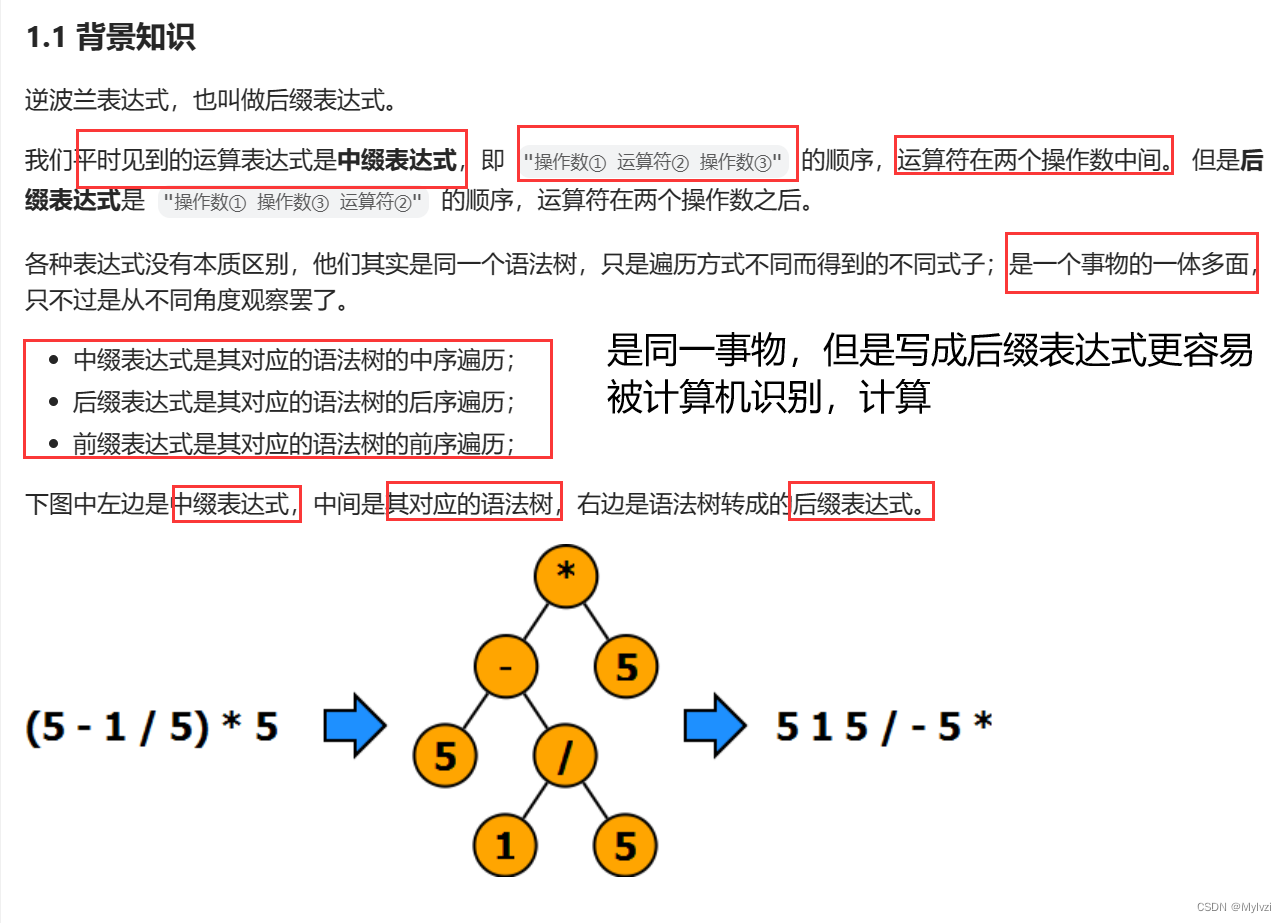

代码实现:
class Solution {
public int evalRPN(String[] tokens) {
// 遇到数字存放到栈中
Stack<Integer> stack = new Stack<>();
// 循环遍历所给字符串
for(String s : tokens) {
// 数字
if(!isOperation(s)) {
// 是数字就push
stack.push(Integer.parseInt(s));
}else {// 运算符
// 先弹出的作右运算符 后弹出的是左运算符
int num2 = stack.pop();
int num1 = stack.pop();
switch(s) {
case "+":
stack.push(num1+num2);
break;
case "-":
stack.push(num1-num2);
break;
case "*":
stack.push(num1*num2);
break;
case "/":
stack.push(num1/num2);
break;
}
}
}
// 遍历完 返回栈的最后一个(唯一一个)元素
return stack.pop();
}
// 判断是否是运算符
private boolean isOperation(String s) {
if(s.equals("+") || s.equals("-") || s.equals("*") || s.equals("/")) {
return true;
}
return false;
}
}3.最小栈
力扣(LeetCode)官网 - 全球极客挚爱的技术成长平台![]() https://leetcode.cn/problems/min-stack/submissions/分析思路:
https://leetcode.cn/problems/min-stack/submissions/分析思路:
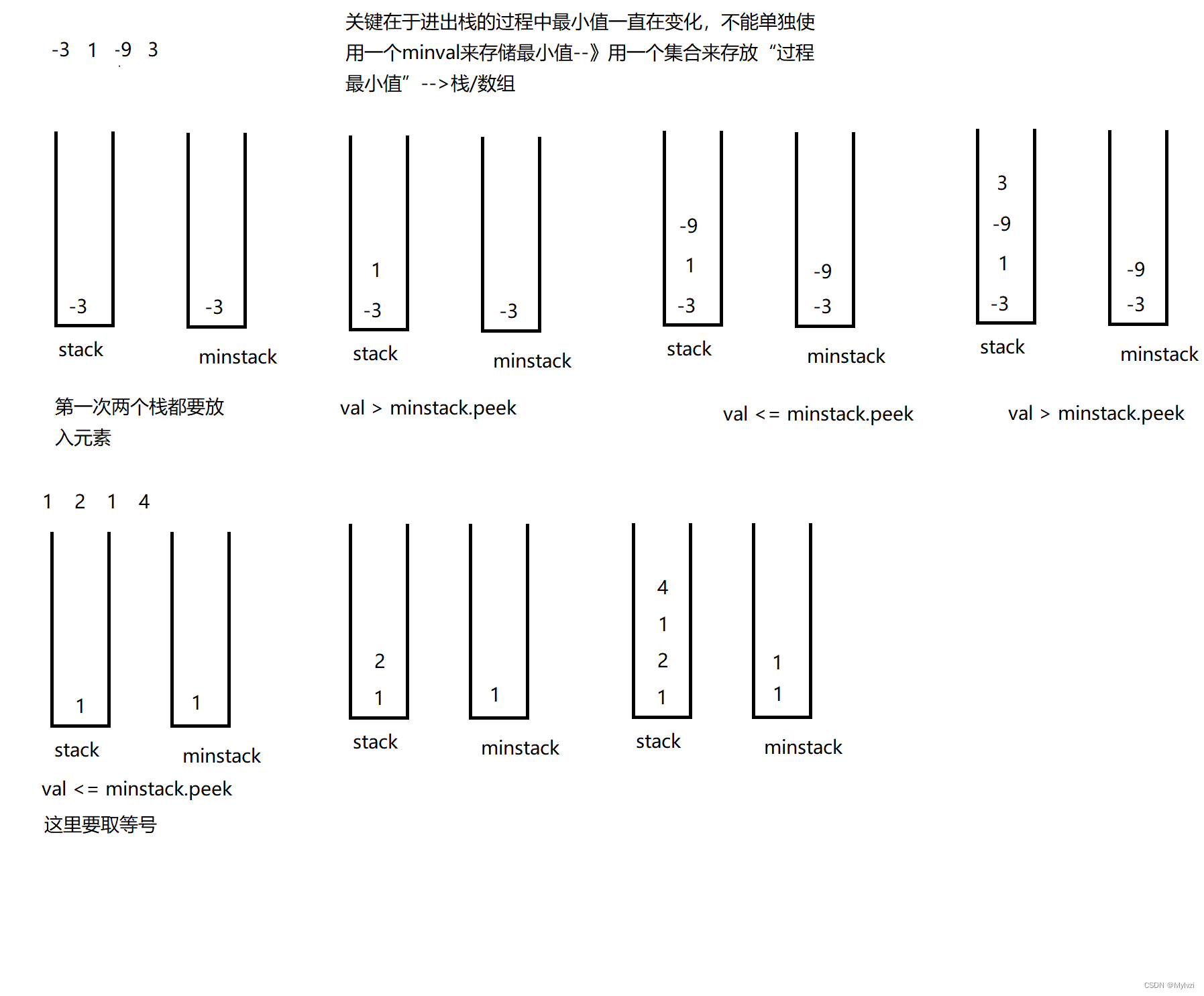
代码实现:使用两个栈
class MinStack {
//思路1 使用两个栈
private Stack<Integer> stack;
private Stack<Integer> minstack;// 存放过程中的最小值
public MinStack() {
this.stack = new Stack<>();
this.minstack = new Stack<>();
}
public void push(int val) {
if(minstack.isEmpty()) {
minstack.push(val);
}else {
if (val <= minstack.peek()) {
minstack.push(val);
}
}
stack.push(val);
}
public void pop() {
if(!stack.isEmpty()) {
int top = stack.pop();
if (top == minstack.peek()) {
minstack.pop();
}
}
}
public int top() {
if(stack.empty()) {
return -1;
}
return stack.peek();
}
public int getMin() {
if (minstack.isEmpty()) {
return -1;
}
return minstack.peek();
}
}思路2:使用链表实现
画图分析
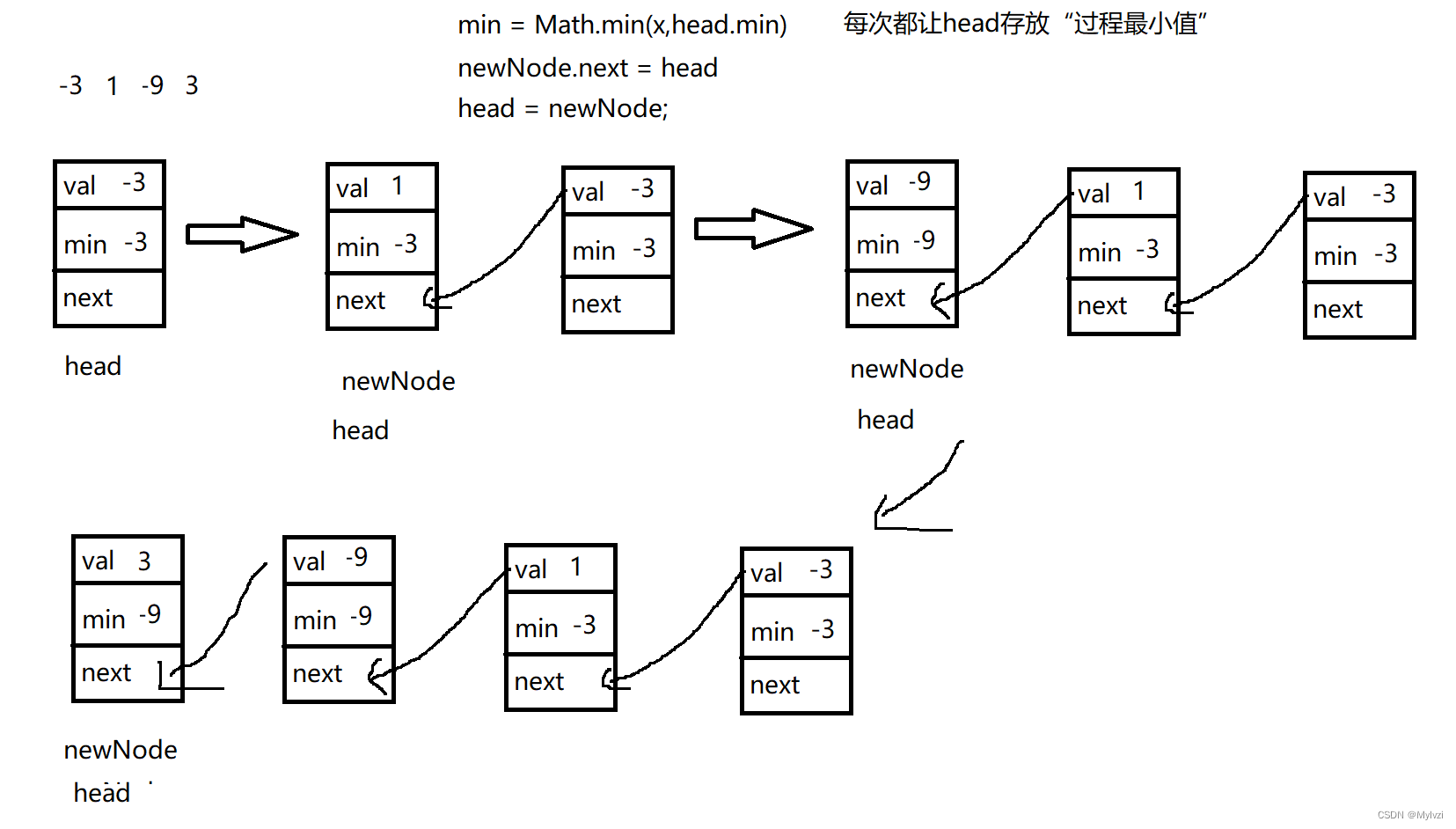
代码实现
class MinStack {
// 使用链表实现
private class Node{
int val;
int min;
Node next = null;
public Node(int val, int min) {
this.val = val;
this.min = min;
}
}
private Node head;
public void push(int x) {
if(head == null) {
head = new Node(x,x);
}else {
Node newNode = new Node(x,Math.min(x,head.min));
newNode.next = head;
head = newNode;
}
}
public void pop() {
head = head.next;
}
public int top() {
return head.val;
}
public int getMin() {
return head.min;
}
}


![2023年中国AI基础设施行业发展趋势分析:AI基础设施将保持高速增长[图]](https://img-blog.csdnimg.cn/img_convert/02a1f6469fb72d3175d63f5ea0255200.png)
